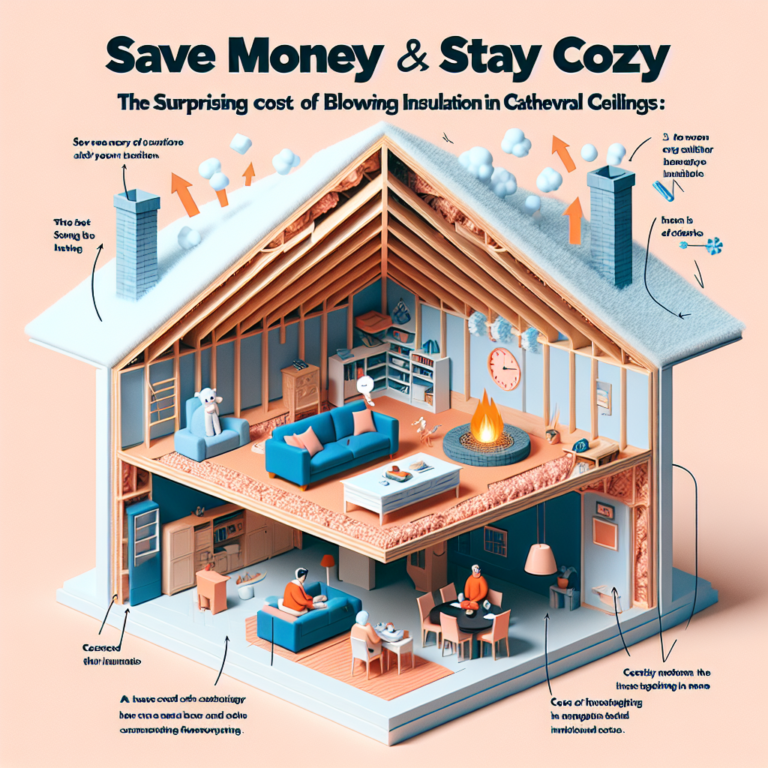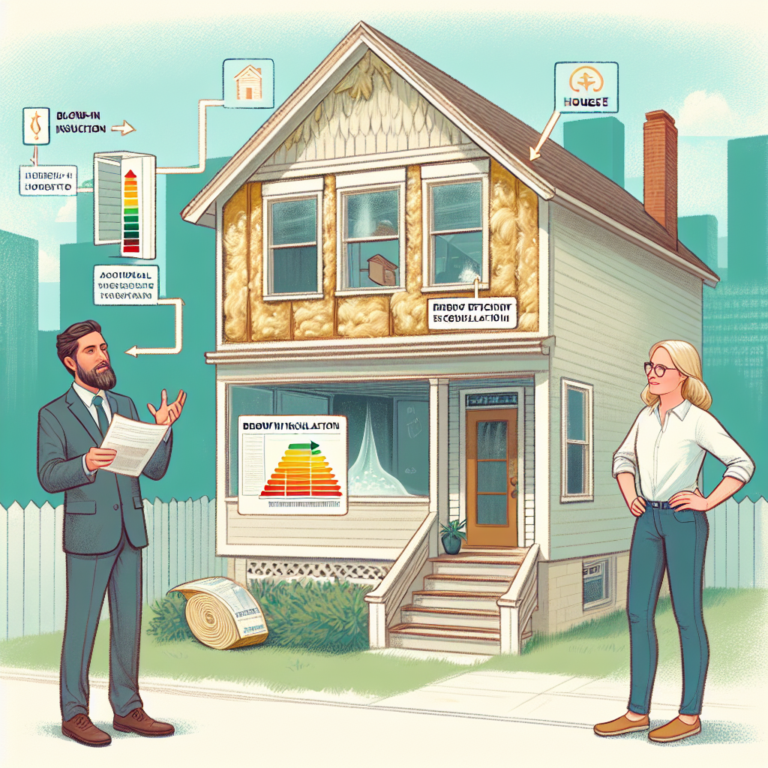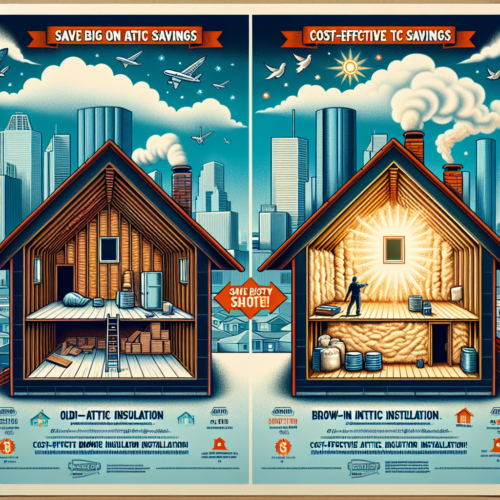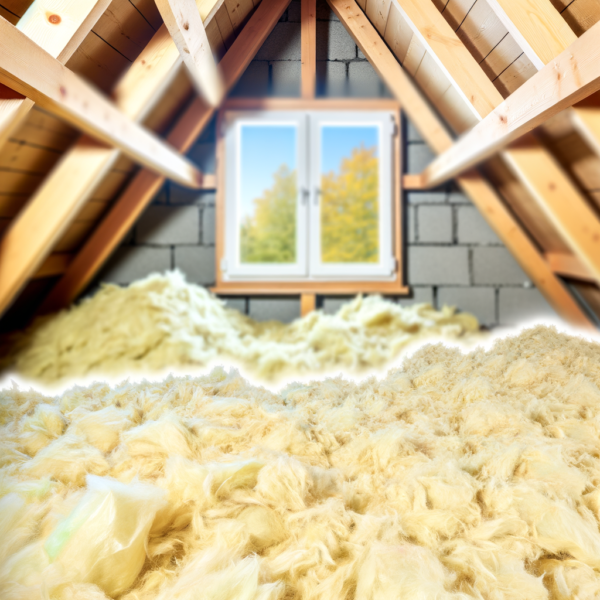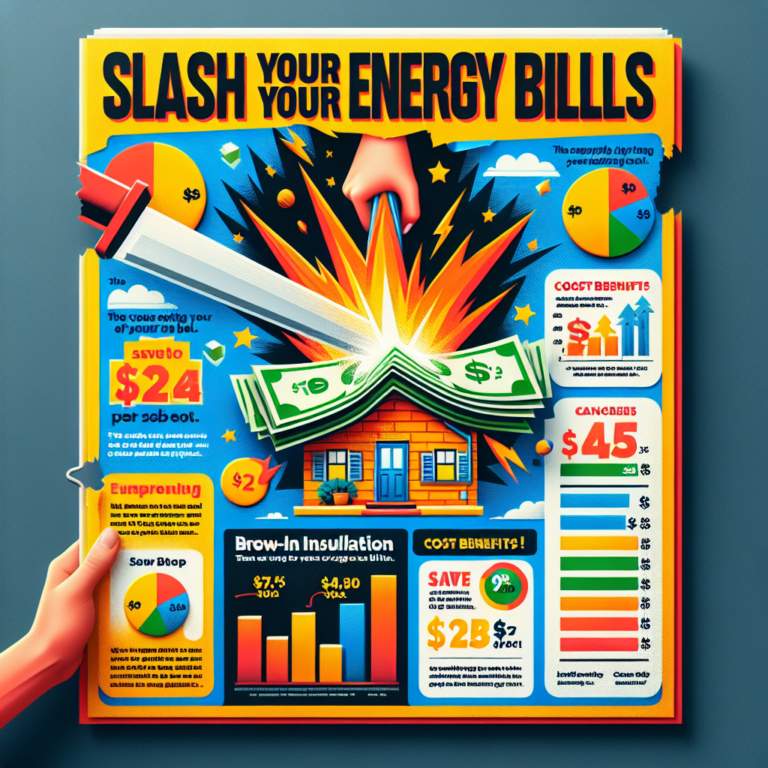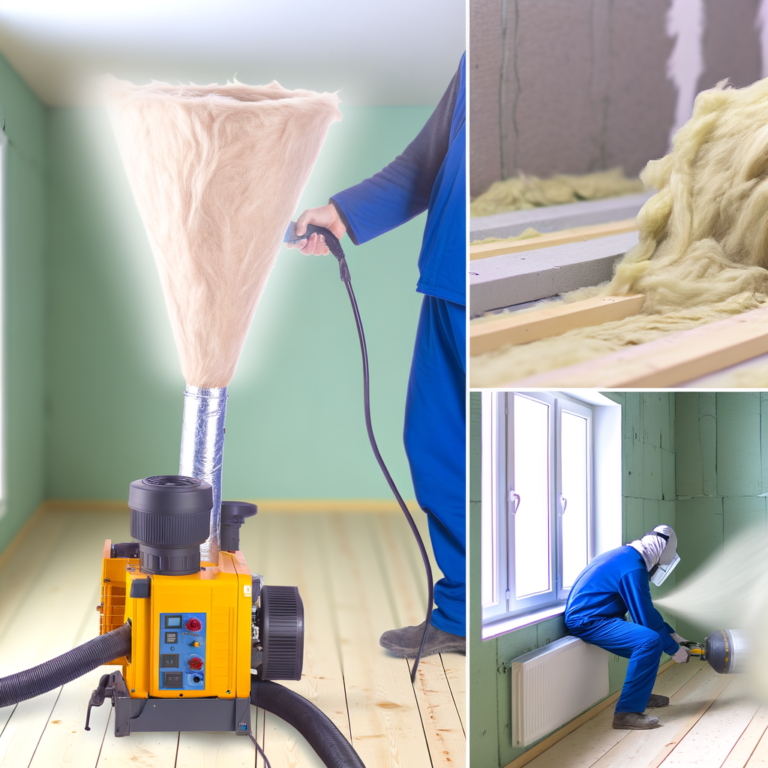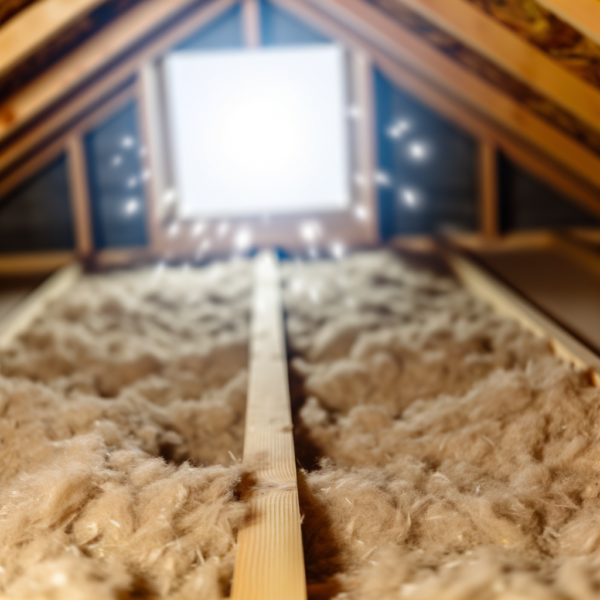Slash Your Energy Bills: The Surprising Cost of Blown-In Attic Insulation
Introduction
Every household dreads soaring energy bills, especially when your furnace or air conditioner works overtime to compensate for heat loss or gain through the attic. Blown-in attic insulation offers a cost-effective solution that can slash those expenses by up to 20% or more. But how much does blown-in attic insulation really cost, and is it worth the investment? In this article, we’ll break down the key pricing factors, compare it with other insulation types, and share tips to maximize your savings.
H2: What Drives the Cost of Blown-In Attic Insulation?
Several variables influence the final price tag of blown-in attic insulation, including:
• Insulation Material
– Fiberglass: $0.50–$1.00 per sq. ft.
– Cellulose (recycled paper): $1.00–$1.50 per sq. ft.
– Mineral wool: $1.50–$3.00 per sq. ft.
• Attic Size and Layout
– Larger attics require more material and labor.
– Complex layouts or numerous obstructions (ductwork, wiring, framing) add installation time and cost.
• Existing Insulation Removal
– Old, compressed, or mold-infested insulation may need removal ($0.50–$1.00 per sq. ft.), or you can top-up existing layers if they’re in good condition.
• Accessibility and Preparation
– Tight crawl spaces, steep roofs or narrow entries increase labor hours.
– Air sealing and installing baffles for ventilation add to the upfront cost but improve long-term performance.
• Equipment and Labor Rates
– Truck-mounted blowing machines cover large areas quickly but carry higher mobilization fees.
– Portable blowers are less expensive but take longer to complete the job.
– Labor rates vary regionally—urban areas often command higher hourly wages.
• Contractor Experience and Warranty
– Seasoned professionals may charge 10–20% more, but their workmanship ensures optimal coverage and R-value performance.
– Warranties on workmanship or materials provide peace of mind and potential long-term savings.
On average, homeowners pay between $1,500 and $2,500 for a 1,000–1,200 sq. ft. attic. The range widens if you choose premium materials or require extensive prep and removal work.
H2: Blown-In Attic Insulation Cost vs. Other Insulation Options
To decide if blown-in attic insulation is right for your home, compare it with common alternatives:
Batt (Blanket) Insulation
• Cost: $0.50–$1.00 per sq. ft.
• Pros: DIY-friendly, lower upfront cost
• Cons: Gaps and compression reduce R-value; difficult around irregular joists
Spray Foam Insulation
• Cost: $1.50–$3.50 per sq. ft.
• Pros: Air sealing, high R-value per inch, moisture barrier
• Cons: Expensive materials, requires certified applicators
Rigid Foam Board
• Cost: $1.00–$2.50 per sq. ft.
• Pros: High R-value, effective air barrier
• Cons: Labor-intensive installation; must be cut to fit
Compared to these, blown-in attic insulation strikes a balance between cost, ease of installation, and thermal performance. It conforms to any shape, fills crevices, and layers seamlessly over existing insulation.
H2: Maximizing Savings on Blown-In Attic Insulation
1. Air Seal Before Insulating
– Use caulk or spray foam to close gaps around vents, wiring, and plumbing. Sealing leaks before adding blown-in attic insulation optimizes its effectiveness.
2. Choose the Right Material
– Cellulose offers eco-friendly credentials and superior sound dampening. Fiberglass costs less but delivers slightly lower R-value per inch.
3. Bundle Projects
– If your home needs air sealing, duct sealing, or attic hatch improvements, schedule them together to reduce labor mobilization fees.
4. Shop Multiple Contractors
– Obtain three detailed quotes, check references, and compare warranty terms. A slightly higher bid with robust guarantees often pays off.
5. Explore Rebates and Tax Incentives
– Federal and state programs frequently provide rebates or tax credits for energy-saving upgrades. Check your local utility or government energy office.
6. Consider DIY for Smaller Spaces
– Renting a portable insulation blower and purchasing materials wholesale can cut costs, provided you’re comfortable working in tight, overhead spaces.
H2: Frequently Asked Questions about Blown-In Attic Insulation
Q: How long does blown-in attic insulation last?
A: Properly installed, blown-in insulation can maintain its R-value for 20–30 years or more, especially cellulose, which resists settling.
Q: Can I install blown-in attic insulation over existing insulation?
A: Yes, as long as the current insulation is clean, dry, and non-compressed. Additional layers enhance performance without removal costs.
Q: How soon will I see energy bill savings?
A: Most homeowners notice reduced heating and cooling bills within the first billing cycle—often 10–20% lower, depending on prior insulation levels.
Conclusion
Investing in blown-in attic insulation delivers impressive returns: reduced energy bills, boosted home comfort, and a smaller carbon footprint. While average costs range from $1,500 to $2,500 for a standard attic, the long-term savings often outweigh that initial expense. By understanding the factors that influence the cost of blown-in attic insulation and following our tips to maximize savings, you can make an informed decision that keeps your home cozy and your wallet happy.


